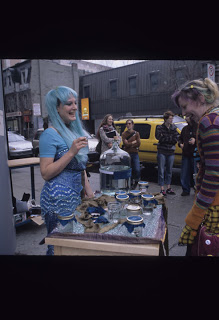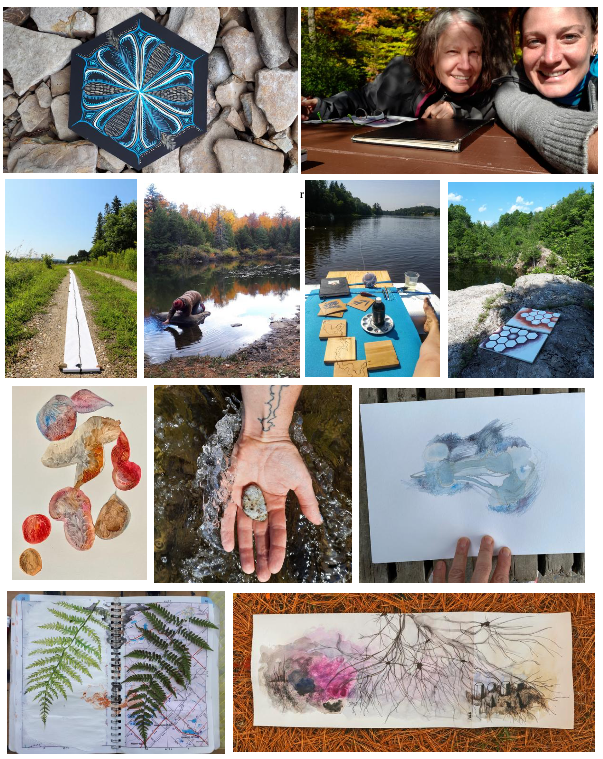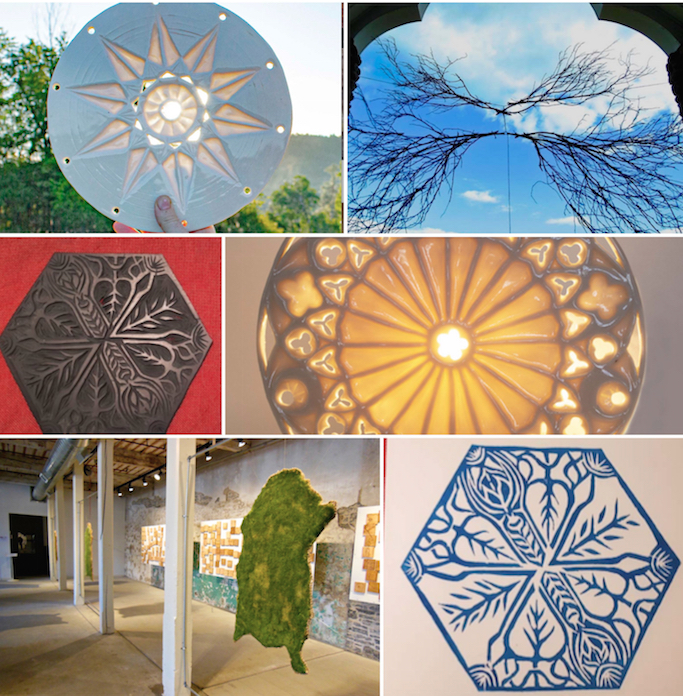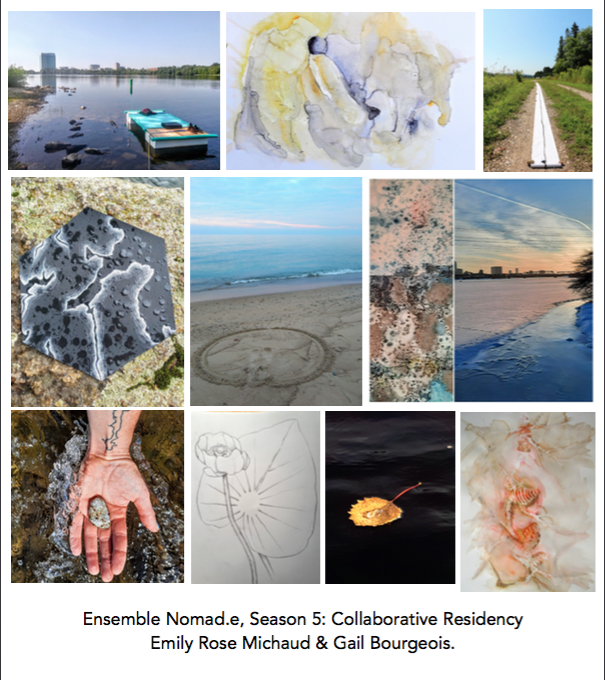
A manifesto on place; a relationship of listening & response to one’s environment
photo by Melissa Campbell
‘Taste the Source (while supplies last)’ Corner of Mackay and Ste-Catherine, Mtl, Nov’06.
An anonymous freshwater mermaid makes a rare appearance amid bustling people legs, offering water samples from her favourite endangered rivers and lakes of various regions in Quebec, which are steadily running out of stock.
*****
Can responding to one’s environment influence the relationship we have to specific groups of people or to specific places? Can a balance be reached between intentional communication and artistic whim? Can concerns be expressed creatively, surfacing in a public context, to deepen human connection to place, and to provoke reflection? Just some questions that linger.
Can we bridge vision into actions that are rooted in community and environment? Can truth of vision be sought and continually refined? Works of this nature are universally inclined in the sense that they are less dictated by an individual’s self expression and perhaps more influenced by grander concerns and commitments to a relevant sense of place, creatively, in the world by offering an opportunity for others to take part in the process of reflection. These works have the potential to influence, enhance and transform the state of being on the part of the viewer. An ideal work in this sense would need no interpretation, something that offers direct human recognition, impact and effect, that is instantly felt, sensed and understood on a human level, something visceral, something worth remembering, that would fulfill a human need for contemplation, that would help to transcend a life in some way for a moment, something beautiful, something uplifting, something unusual
Observing the reasons behind this call to communicate with one’s environment (or community) via art is also a relationship of art to nature, nature to culture. Largely related to self-understanding and experiential presence, a corageous jump is made into the world when it is embodied and wholly connected to nature, culture, community and place. For art to be coming from a place that’s true, and relevant to where one finds oneself, listening to all aspects of an environment become necessary. The work needs to fit, to be felt and processed: An art-maker is a human, is a filter that is continually listening to inner and outer process’, figuring out which concerns are essential, and relevant in their expression to outside eyes. Whether it be a mental, emotional, social, physical, synthetic or natural environment, one is best listening and responding to each situation as it arrives. This can serve as fertile ground for the work that will be created later on. Art is not separate from us, we are a part of the creative cycle.
This is where communication through art is tied into life and creativity. As a part of daily human existence, how is living art? The question would need to be discussed, but there would need to be a balance between awareness of the influence of one’s (creative) actions coupled with a natural expression of one’s (physical) experience in the world.
I feel an urgent and necessary need for art to be more accessible to everyone, in expression that is direct and heartfelt. As political powers gain more influence, the direction of creative culture will need to emerge in as many forms and strategies as possible. My personal strategy involves art which takes on a more transformative role with the public by: channelling energy emerging from the heart, having a strong relationship of understanding to nature, as well as an awareness of relevant social context (being the needs of one’s environment or community).
By refusing to make art that is individualistic or strictly self expressive, and by reaching beyond the tradition of any one discipline, to make art that serves or fits in some way, is where we find the beginning of an exercise in listening. I imagine artists could begin to more authentically understand their creative role in the grander schema of life by addressing the needs of their immediate community and environment to allow their work to take on greater beauty and relevance in the context of place. Here, it would be directed more by natural law than any singular goals of self expression. Perhaps a commitment to a deeper understanding emerges when a relationship with a place, a region, a population or community is focused on and listened to. A space for understanding is carved out to make room for the presence of a work that can begin to carry a catalystic, engaged and influential effect onto the work of others.
Perhaps this too, is speculation and self-indulged rumination.
*****



